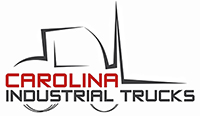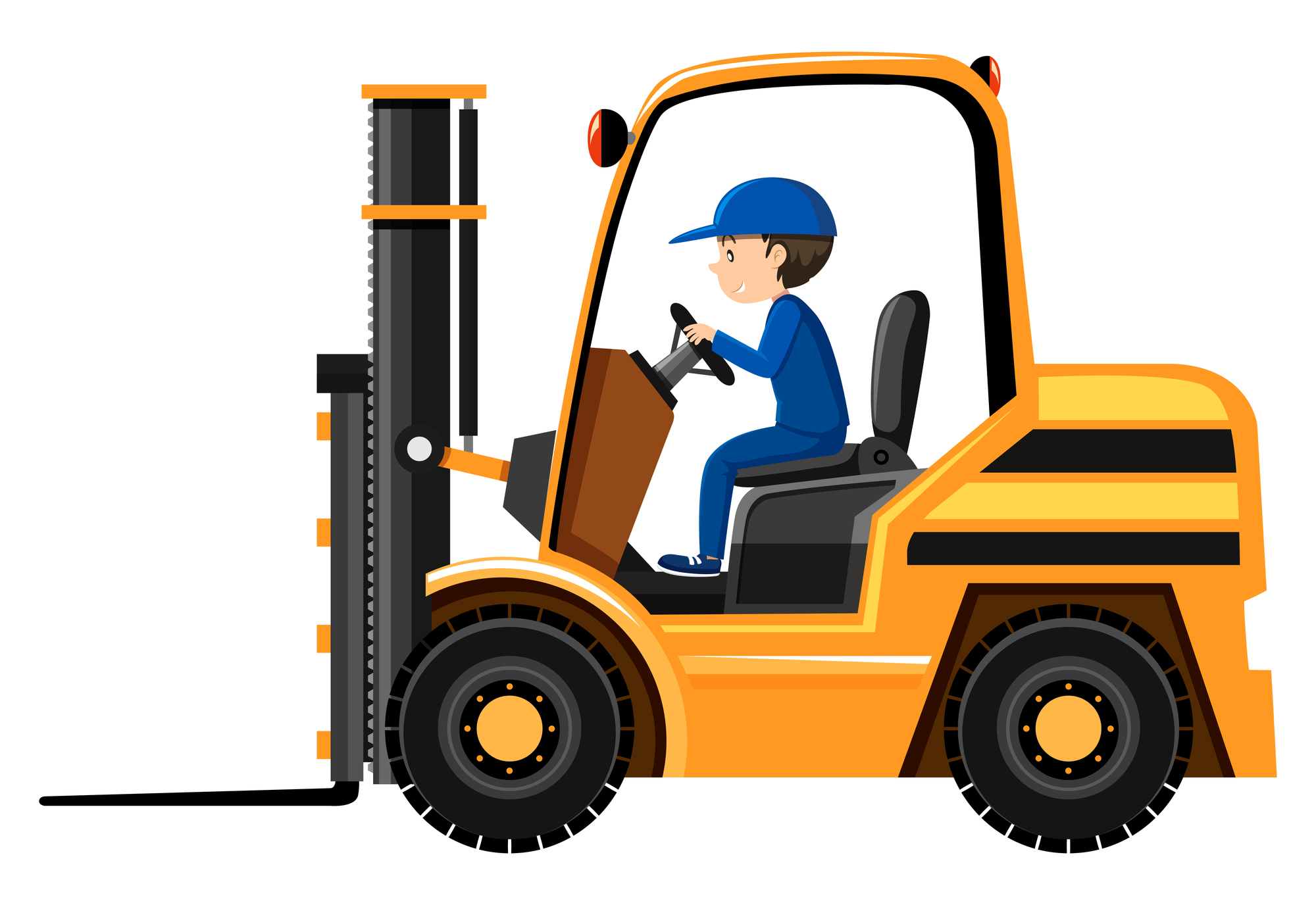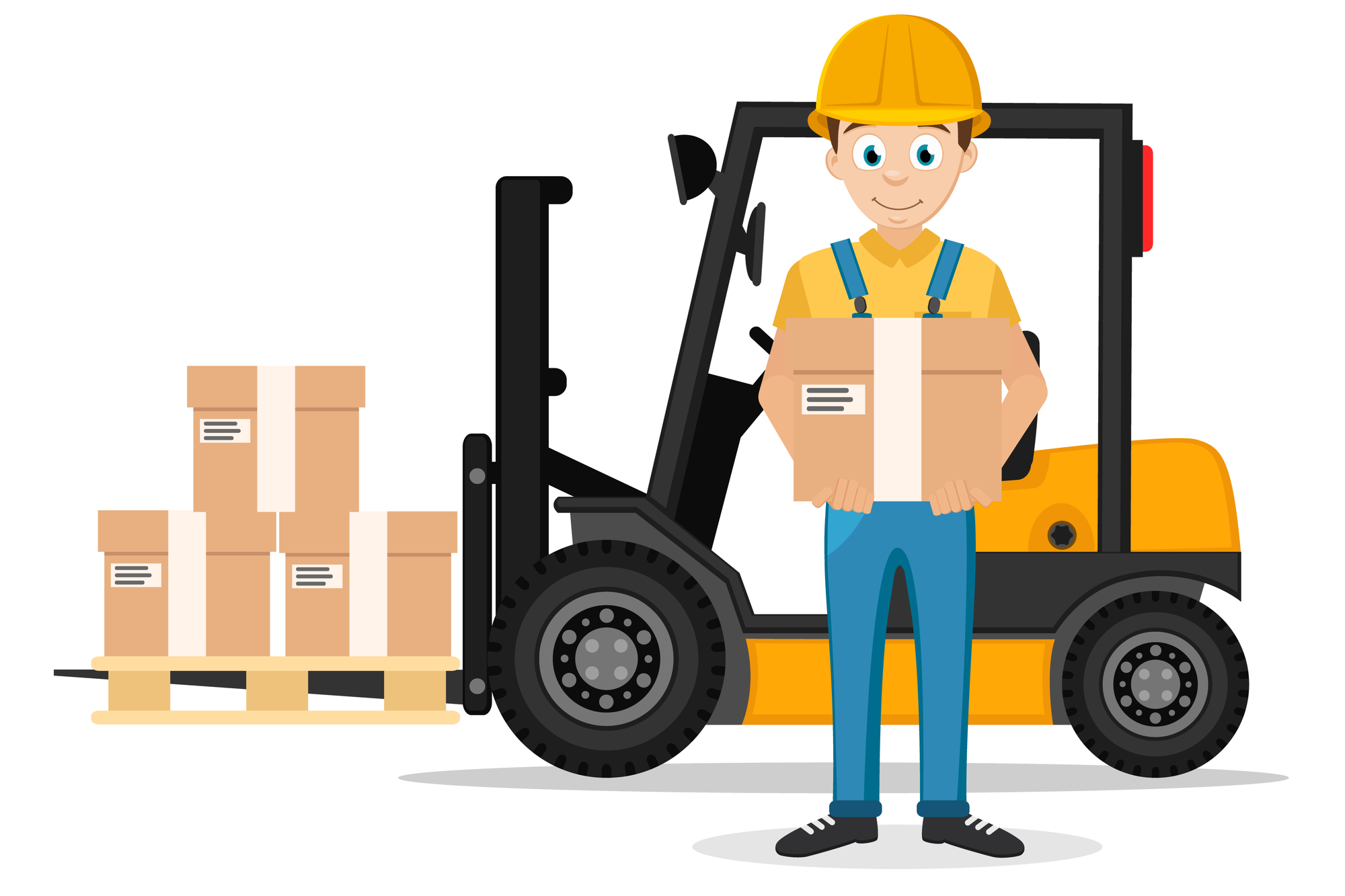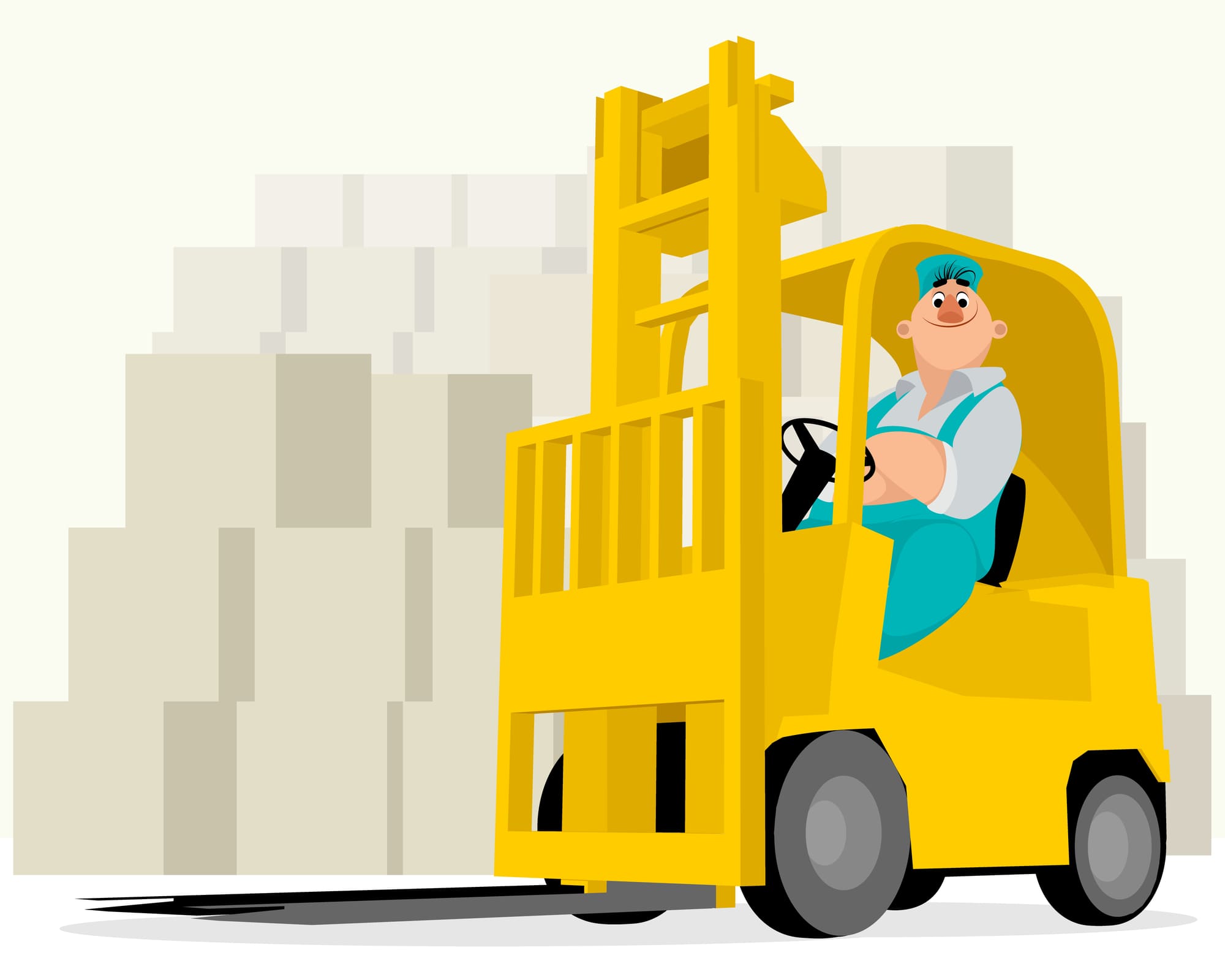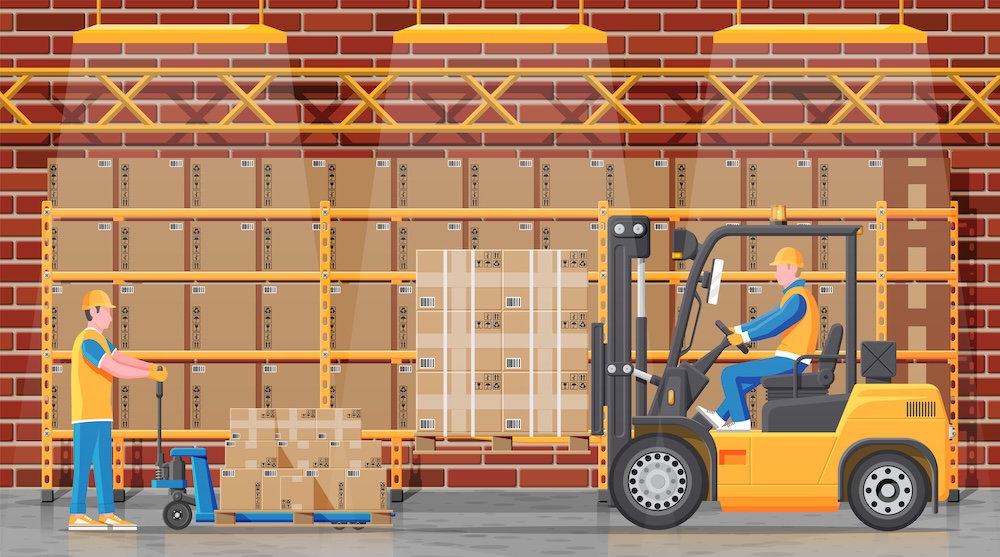What Type of Forklift is Best for Your Warehouse
08/24/2018
CITrucks
Are you looking for a new forklift for your warehouse? Are you planning to make your first forklift purchase?
With so many different options available, choosing the right type of forklift can feel like an impossible challenge. You'll need to consider how much weight you want the forklift to carry, what kind of weight it will be carrying, how it will fit into your existing warehouse layout, and whether you have someone that knows the safety protocols of handling a forklift on your staff.
Choose the wrong forklift, and you might find that you have to reorganize your entire operation to make it work. To help you make the right choice first time around, we've put together a simple guide to the most common types of forklifts.
Ready to become a forklift expert and find exactly what you need?
Internal Combustion vs Electric
Before you purchase a forklift, you'll need to decide what kind of power you want to use.
Internal combustion forklifts are powered by diesel or LP gas and are usually cheaper to purchase and operate. However, you'll need somewhere to store the fuel and will need to stay on top of fuel purchasing.
Additionally, you will need to use internal combustion forklifts in a well-ventilated environment. They often have higher maintenance costs than the electric options.
Electric forklifts are powered by batteries and produce zero emissions, making them ideal for indoor environments such as warehouses. They tend to cost more upfront but are less likely to need expensive maintenance further down the line.
You'll need to bear the charging time of your electric forklift in mind. Charging can take anywhere from three to twelve hours, depending on the model and make. In the long run, you'll save money on fuel by choosing electric.
Counterbalance Forklift
Counterbalance forklifts are one of the most common types of lifts and are typically used inside warehouses and storerooms.
When you imagine a forklift, you're probably picturing a counterbalance forklift. This type of truck features two prongs/forks which protrude from the front of the machine. This makes it easy for the operator to drive right up to whatever they want to lift.
There's no reach feature needed, and this type of truck is easy to operate. A weight at the back of the truck is used to counterbalance the weight being lifted at the front, hence the name.
This kind of truck is available as electric, LP gas, and diesel. It's best for material handling in warehouses and should usually be the first option you consider.
Sideloader Forklift
Do you have a warehouse with lots of narrow aisles?
Sideloaders are made specifically to deal with this kind of layout. In sideloaders, the forks are positioned at the side of the truck. They're able to pick up long, bulky loads that would be awkward or impossible with a traditional forklift.
Sideloaders are typically able to deal with heavier items, making them ideal if you've got lots of bulky lifting to do. This could be furniture, carpet, or tubing.
It's also possible to customize the bed length on a sideloader. So, it's easy to design a sideloader that works perfectly for your operation.
Three-Wheel Counterbalance Forklift
Do you need a truck that's more maneuverable than a standard counterbalance forklift? This is the truck for you.
The three-wheel counterbalance forklift features a single wheel at the rear of the machine. This makes it much easier to navigate tight spaces or narrow turning circles.
This truck is generally suitable for both indoor and outdoor use and can be used efficiently for racking loading. This makes it very versatile, which is nice if it's the only forklift you're planning on purchasing.
For warehouse layouts that require a lot of tricky maneuvers, the three-wheel counterbalance forklift is perfect.
Pallet Trucks and Lift Trucks
As the name suggests, pallet trucks are most suitable for transporting pallets quickly and easily. If your warehouse uses pallets, purchasing one of these trucks is a no-brainer.
They're available in a range of styles, and the weight that can be carried will vary considerably. Most pallet trucks have limited reach and are best suited to moving pallets close to ground level.
For warehouses with high rise pallet racking, you'll need to invest in a lift truck instead. Lift trucks can stack multiple loads on top of one another. They're also capable of lifting loads to a higher level.
So, for pallet lifting close to ground level, choose a pallet truck. For pallet lifting to higher levels, choose a lift truck.
Reach Truck Forklift
For the best possible maneuverability and maximum height capabilities, you'll want to consider a reach truck.
These are named for their ability to "reach" into racking to get to a load, rather than needing to be driven right up to the load. This makes them extremely useful in tight spaces that are difficult to deal with using counterbalance forklifts.
Reach trucks also offer greater lift height than other models, making them perfect for high rise racking. With a reach truck, you'll be able to make full use of the space available to you.
Reach trucks can be harder to operate than other types of forklifts, so this is something to bear in mind before making a purchase.
Some reach trucks are fitted with cameras connected to a screen in the cab to offer greater visibility to the operator. This is definitely something to consider if you want to avoid accidents and mistakes.
These trucks are perfect for indoor use but aren't well-suited to outdoor operation. They work best on even flooring due to their low under-carriage clearance.
How to Choose the Right Type of Forklift
To make sure you choose the right type of forklift, you should make a detailed list of your needs. This should include the layout of your warehouse, the type of loads you need to lift, the weight of the load you want to lift, and the type of fuel you want to use. You should also consider the type of qualifications you'll need to operate the forklift.
Once you have your list, it's simply a case of choosing the right model. If you're ready to start browsing forklifts, check out our line of forklifts, and give us a call today.
